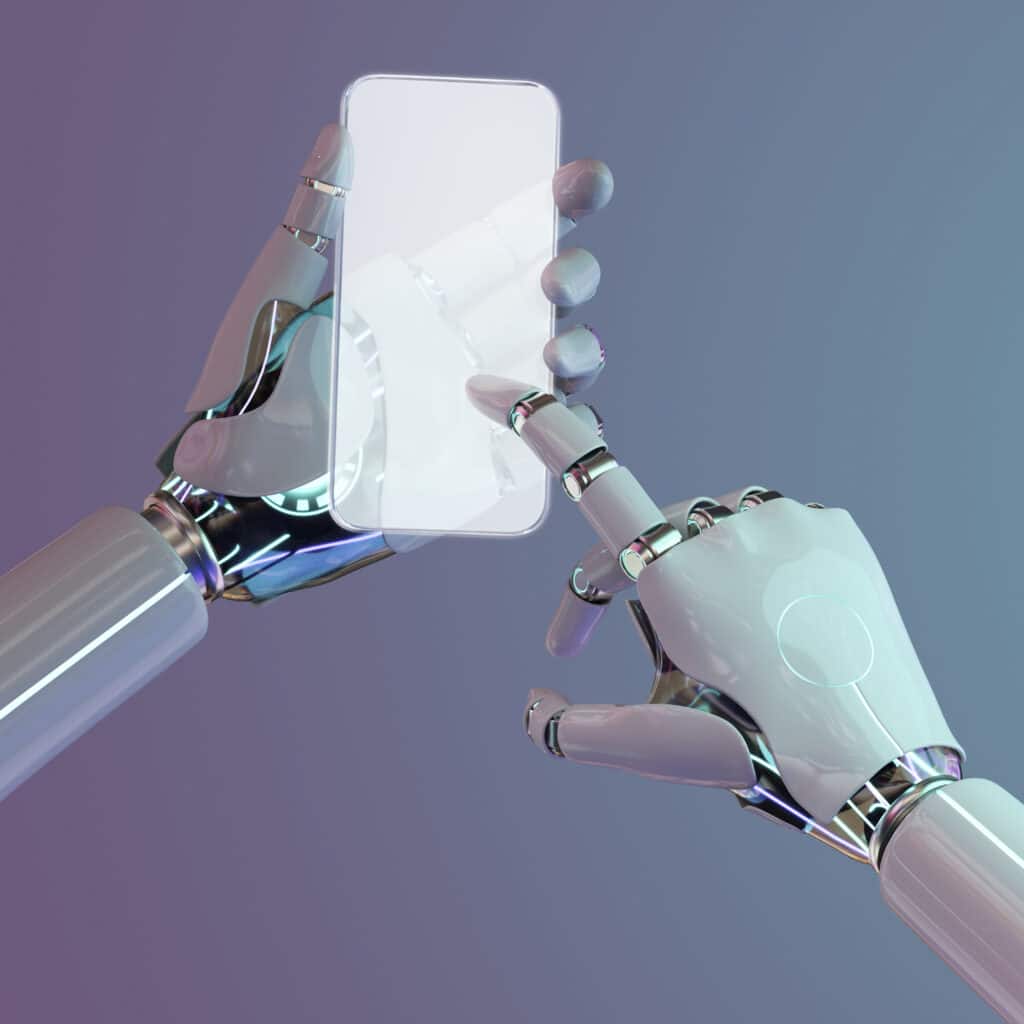
AI chatbots as a marketing tool
Marketing
Posted 17 Jan 2024
Minor queries or a comprehensive complaint? These and many other issues have been handled by automated chatbots at the virtual point of contact for several years now. To date, however, virtual agents are quickly pushing their limits and transferring the helm back to human colleagues in customer service. One example of this are the chatbots from Ergo or GHV.
By integrating artificial intelligence, these so-called conversational agents can significantly expand their area of expertise and form an integral part of customer service.
The advantages of utilizing chatbots, especially AI chatbots, are wide-ranging. Perhaps the most significant advantage lies in the fact that a bot is available around the clock and has lower fixed costs in the long term than a human customer assistant.
If such a chatbot is also based on an AI, the bot can independently recognize the language the user is speaking and respond in the respective language, depending on the model and programming. Many AI chatbots are characterized by the use of so-called LLMs (Large Language Models), through which they are able to understand natural language and also reply in it. In short: typical human texts written in colloquial language and peppered with typos can be easily recognized and assigned by the AI. The AI also responds more human-like than an ordinary computer.
Depending on the training data fed to the AI chatbot during its development, it can call up FAQs, product information and real-time data. By being connected to various APIs, other apps such as WhatsApp, Alexa, the weather app on your mobile phone, and much more can be directly integrated. As a result, chatbots are gradually revolutionizing customer support, thereby making the work of advisors easier and faster.
You might also be interested in: The future of marketing – AI in marketing
Nowadays, chatbots exist in almost all industries, although they are currently primarily utilized to handle smaller customer inquiries on company websites. Moreover, an AI bot can act as a personal traveling companion and call up all the information about your flight, including luggage, in real time.
Fashion enthusiasts can benefit from a tailored styling advisor that is available on the shopping website and takes your personal fashion preferences and budget into account, as well as the latest trends, the current season’s weather, and much more.
Within the company, AI chatbots can serve as a “living” wiki and explain questions about processes quickly and clearly. In addition, company-wide information can be reliably transported and communicated to employees.
You might also be interested in: AI Washing – The modern Green Washing?
There are currently a wide variety of providers for AI chatbots on the market, some of which are even free of charge. However, AI chatbots should only be implemented and launched after detailed planning of the use case.
In addition to the technological component, the language design of chatbots is particularly important and is often neglected. Yet it is precisely this that represents the interface to the end user and determines how the bot, and in some cases, the entire company, is perceived.
The following stages of the interaction process should be mapped out:
1) Disclosure and introduction – the chatbot introduces itself as such and under no circumstances pretends to be a human. Ideally, there should be a brief description of the bot’s skills (and inabilities) and for which tasks it is particularly helpful.
2) Request handling – regardless of whether the chatbot works with free text recognition, buttons or quick replies, the problem recognition and the query for exact problem identification must also be linguistically designed.
3) Repair and return to topic – How does the chatbot react if it fails to resolve a problem? In the so-called repair, the chatbot repeats his question to clarify the request and asks the user to reformulate the issue differently. If necessary, it forwards the user to the human colleagues in customer service.
With AI chatbots, many users are tempted to test the capabilities of the chatbot and its suitability as a dialogue partner. In this case, it can be useful to pre-formulate a topic return to ensure that the chatbot not only answers the question but also directs the focus back to the actual conversation. For example, if the user asks for the bot’s name, it can reply, “I don’t have a name, but you can call me ‘virtual assistant’. What else can I help you with?”.
There are other phases of the conversation that should be considered when developing a chatbot. But with these three, the most important situations are already covered.
When it comes to linguistic design, it is important to strike the right balance between corporate design and target group expectations. An AI chatbot can therefore communicate in the same tone of voice that the target group uses in everyday conversations. However, for a reputable company that may even operate in B2B, such a tone tends to damage its reputation. The right balance and lots of testing, testing, testing are therefore the key to success.

Senior Marketing Advisor at HBI Communication Helga Bailey GmbH
Lukas Huber has been part of HBI’s marketing team since 2020.
As Senior Marketing Advisor, his responsibilities include the development of marketing campaigns, social media management and the teamlead for the HBI marketing team.